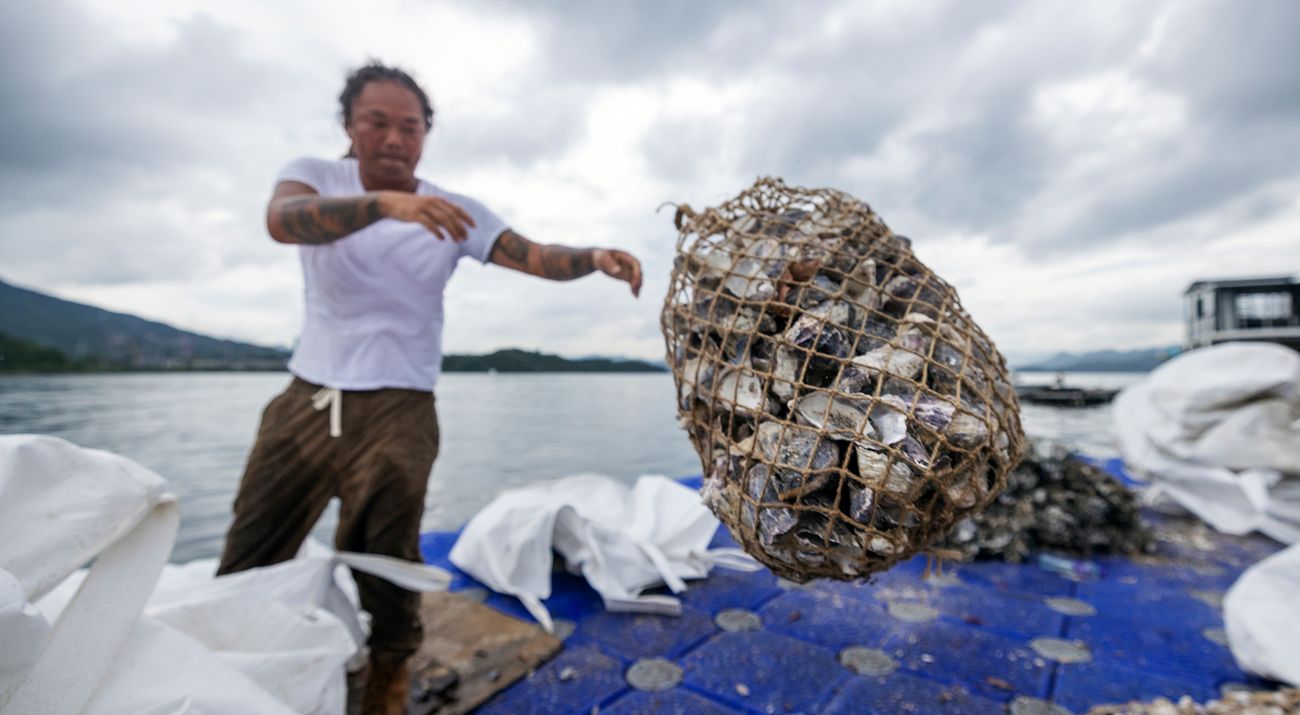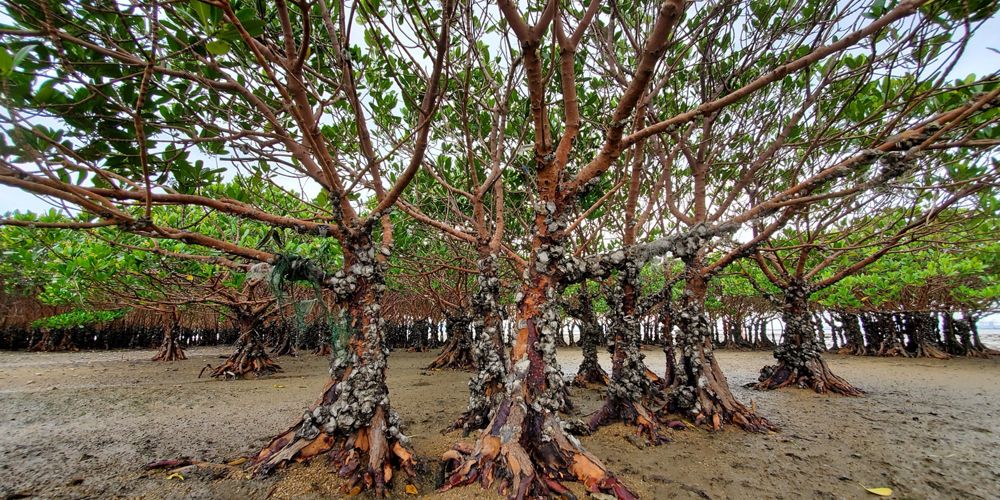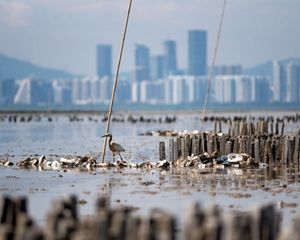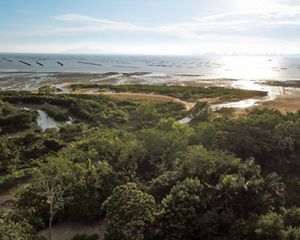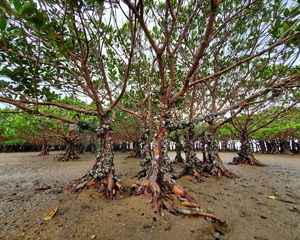Less Trash and More Reefs
Hong Kong's shell recycling project is turning waste into value for the city's shellfish reefs
The Challenge
Globally, it is estimated that 85 percent of oyster reefs have been lost, making it the most endangered marine habitat on the planet. The cost of losing shellfish reefs is easy to overlook, because oysters, clams and other shellfish are quiet, unsung heroes.
Shellfish reefs provide enormous benefits for water quality by filtering and cleaning the water. Reefs also defend coastal cities like Hong Kong against climate change as they soften the blow of large waves, reduce flooding and prevent erosion caused by rising sea levels.
As a city of seafood lovers, Hong Kong has no shortage of discarded shellfish shells. Most shells end up in overflowing landfills or dumped haphazardly into Deep Bay and along the coastlines. The Nature Conservancy (TNC) in Hong Kong is changing these unsustainable practices by working with the aquaculture communities and hospitality partners to give new value to discarded shellfish shells.
Did You Know?
Oyster farming in Hong Kong has been an important livelihood for more than 700 years, supporting a local aquaculture industry and cultural heritage.
"Save Our Shells"
TNC has developed the "Save Our Shells" project, an initiative that recycles discarded shellfish shells and repurpose them as substrate for new reefs. Oysters aren't just good for eating—their shells are made of natural materials that are the perfect substrate for new reefs to form and grow. These reefs will provide a boon of benefits, serving as habitats for juvenile fish and other marine life, as natural filter feeders that improve local water quality and as shoreline stabilizers against erosion and storms.
Leaning on TNC's global expertise of oyster recycling and reef restoration projects from the United States to Australia, our goal is to reduce the negative impact of shellfish shell waste, create a more natural environment for native species and increase public awareness around the importance of oysters and shellfish reefs.

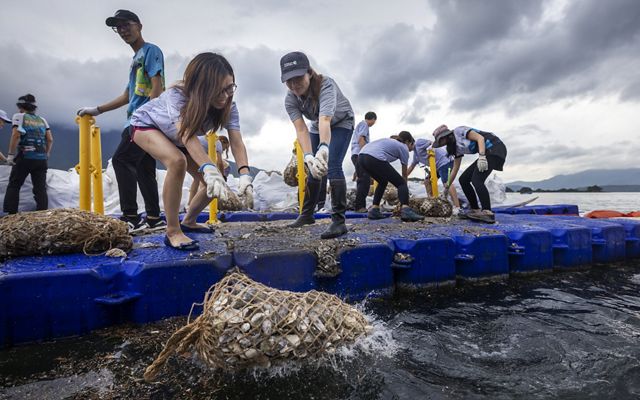
How It Works
Shell Recycling
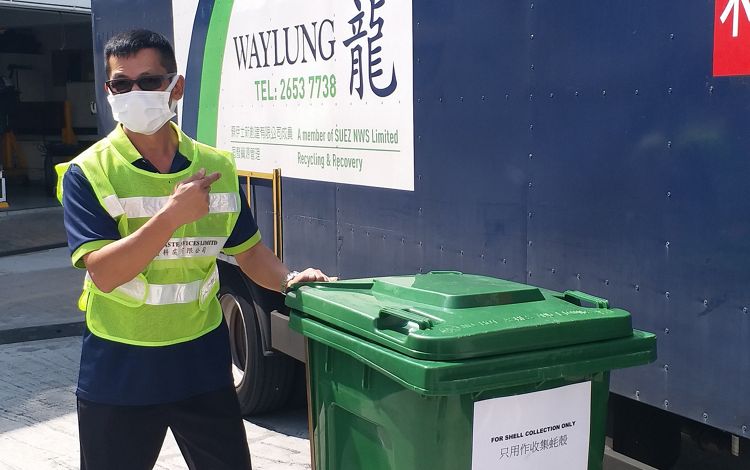
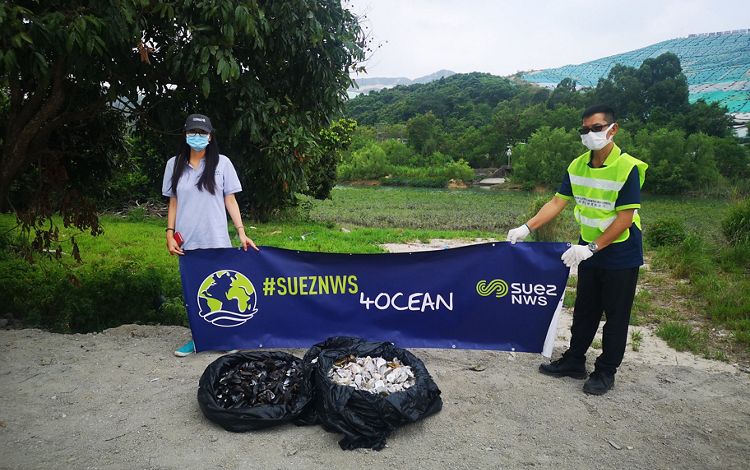
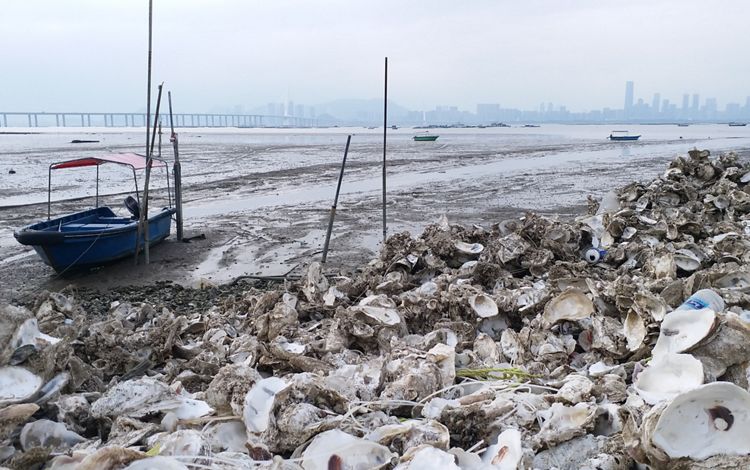
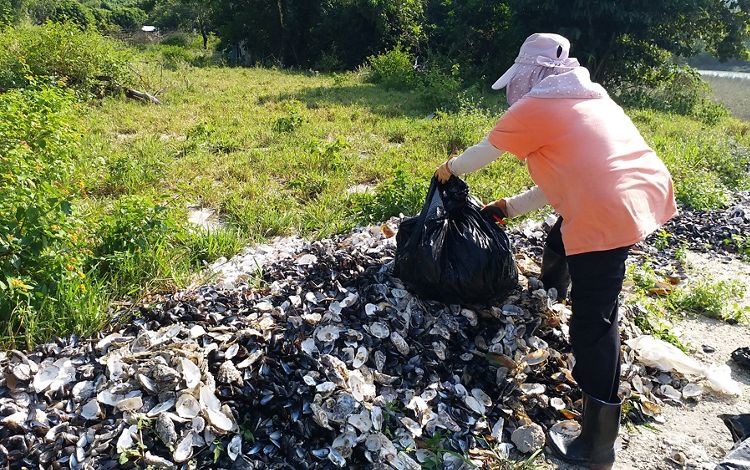
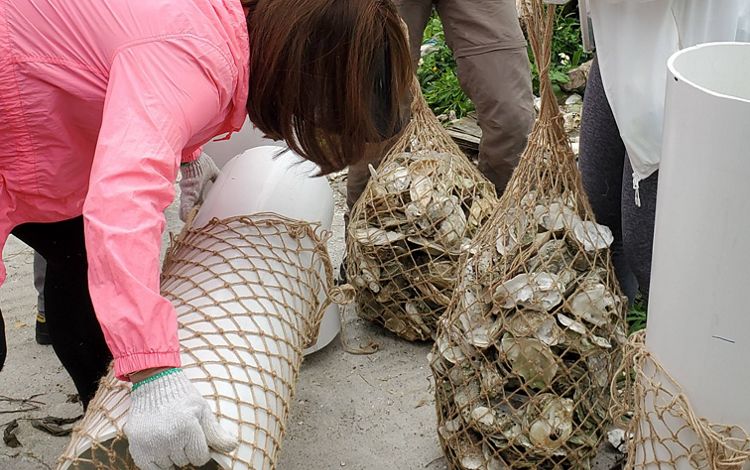


Help Us Build a Sustainable Future
Discarded shells don’t have to go to the landfills, contributing to Hong Kong’s overwhelming waste problem. Help us re-purpose these shells to reduce waste and bring benefits for our local marine environment and communities.
